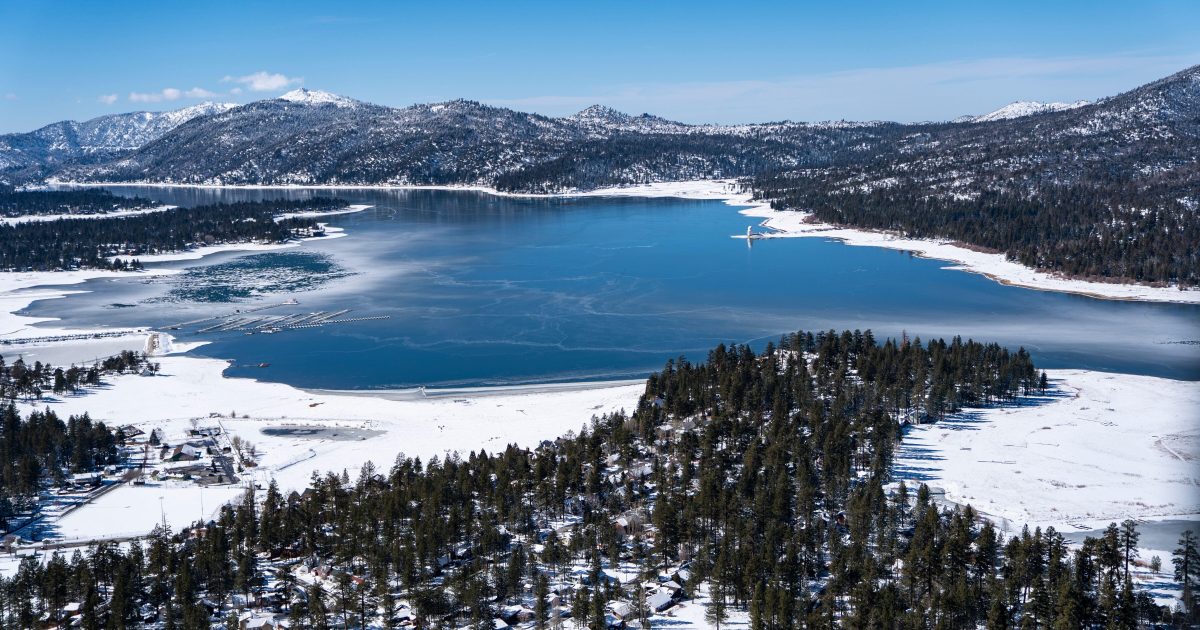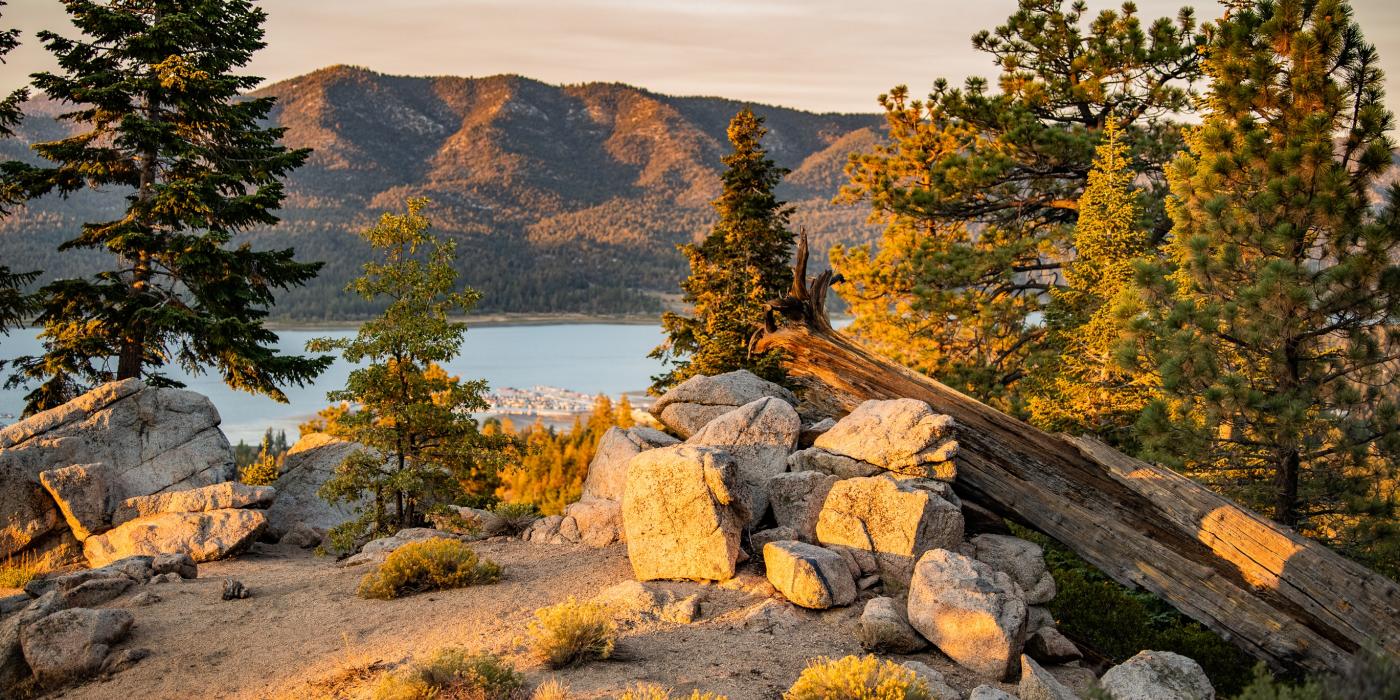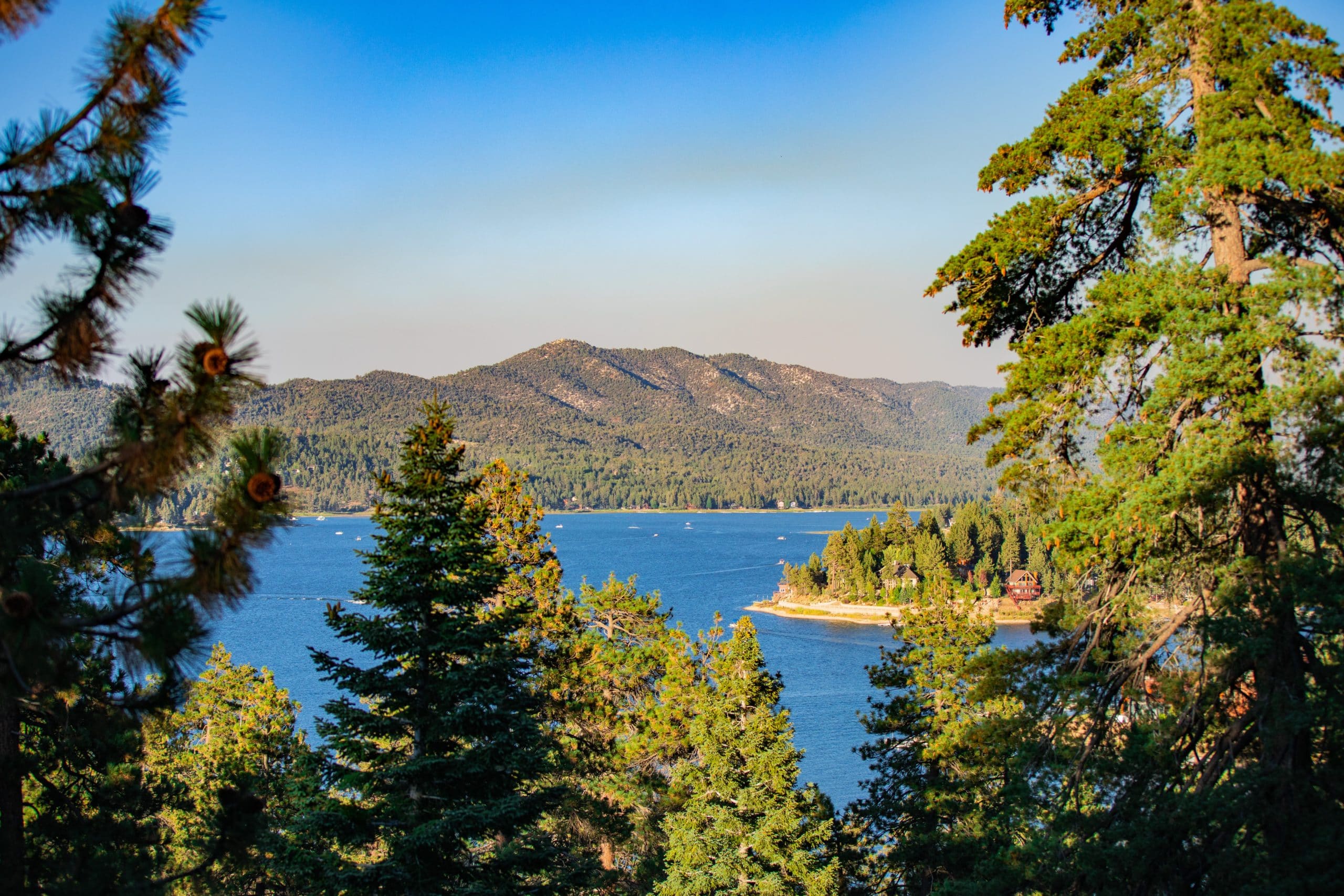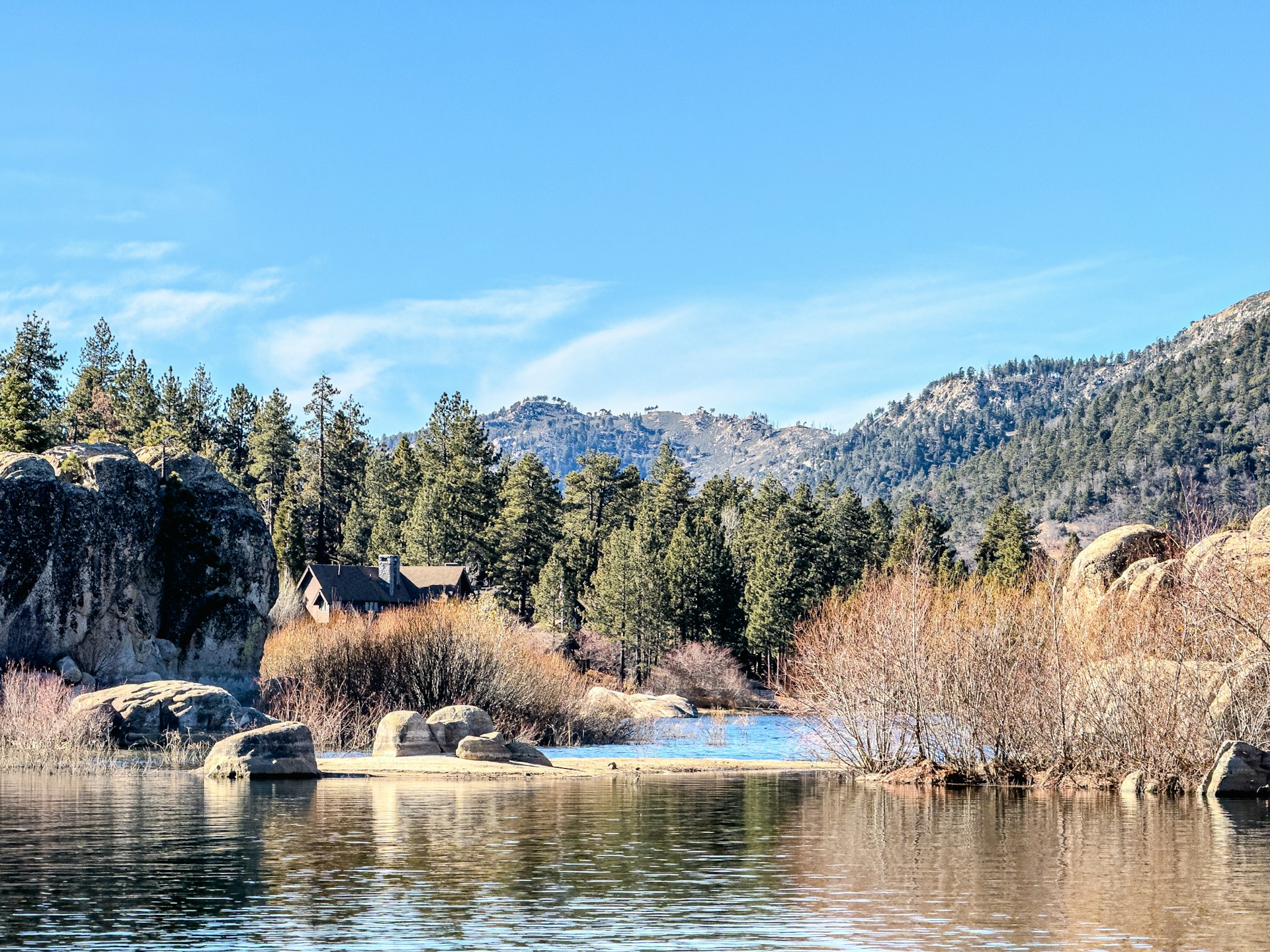Big Bear Lake California: Your Complete Guide to Southern California's Mountain Paradise
Big Bear Lake California: Your Complete Guide to Southern California's Mountain Paradise
Nestled in the San Bernardino Mountains at over 6,700 feet elevation, Big Bear Lake, California stands as Southern California's premier four-season mountain resort destination. Whether you're seeking winter skiing adventures, summer lake activities, or stunning fall foliage, this alpine getaway offers year-round recreation just two hours from Los Angeles. Discover everything you need to know about visiting this spectacular mountain retreat.

What Makes Big Bear Lake Special?
Big Bear Lake is Southern California's largest recreational lake, stretching approximately seven miles long and one mile wide. Located in San Bernardino County, this charming mountain city sits at an official elevation of 6,752 feet, making it the highest and coldest incorporated city in Southern California. The region boasts one of the world's rare Sky Island Forests and enjoys an impressive 300 days of sunshine annually.
The lake itself was named after the grizzly bears that once roamed the valley—though these magnificent creatures haven't been seen since 1908. Today, black bears inhabit the area, having been introduced from Yosemite National Park in 1933, and sightings occasionally delight (or surprise) residents and visitors alike.
Winter Activities: Skiing, Snowboarding & Snow Play
When winter blankets the mountains with an average of 58.6 inches of snow per season, Big Bear transforms into a winter wonderland. The area features three major ski resorts under the Big Bear Mountain Resort umbrella:
- Snow Summit – Known for excellent downhill skiing, snowboarding, and terrain parks
- Bear Mountain – Features advanced terrain and hosts professional snowboarding competitions
- Snow Valley – Offers family-friendly slopes and skiing experiences for all skill levels
The first Winter X Games were held at Big Bear Lake in 1997, cementing its reputation as a world-class winter sports destination. Even in years with lighter natural snowfall, state-of-the-art snowmaking equipment ensures consistent conditions throughout the season.

Summer Fun: Lake Activities & Outdoor Adventures
Summer at Big Bear offers an entirely different experience. The lake becomes a hub for water-based recreation including:
- Fishing – Trout, bass, and catfish are abundant (though health advisories recommend limited consumption)
- Boating & Water Sports – Kayaking, paddleboarding, jet skiing, and sailing
- Hiking & Mountain Biking – Miles of trails through the San Bernardino National Forest
- Scenic Sky Chair Rides – Enjoy panoramic mountain views from ski lift rides
- Golf – Bear Mountain Golf Course offers a challenging 9-hole alpine experience
The Big Bear Lake Pedal Path provides a scenic route for cycling enthusiasts to enjoy leisurely rides through the Village with spectacular lake views.
Fall Colors & Oktoberfest Celebrations
Autumn transforms Big Bear into a canvas of golden aspens and crisp mountain air. The region's unique elevation creates spectacular fall foliage displays that rival any East Coast destination. The Big Bear Lake Oktoberfest, held annually since 1970, claims the distinction of hosting America's highest elevation beer garden and attracts thousands of visitors for authentic German food, music, and celebration.

Getting to Big Bear Lake
Big Bear Valley is accessible via four California state highways, making it reachable from multiple directions:
- From Los Angeles/Orange County: Take I-10 East to Highway 330 through Running Springs, then Highway 18 (approximately 2 hours)
- From San Bernardino: Highway 330 or Highway 18 from Highland (about 1.5 hours)
- From Inland Empire: Highway 38 from Redlands (note: currently closed due to storm damage)
- From High Desert: Highway 18 through Lucerne Valley
Plan for extra travel time during peak winter weekends when chains may be required, and always check current road conditions before departure.
Where to Stay in Big Bear
Accommodation options range from cozy mountain cabins and lakefront vacation rentals to full-service hotels and boutique lodges. Popular choices include the Hampton Inn Big Bear Lake, Chateau Big Bear Boutique Hotel, and numerous vacation rental properties offering everything from romantic getaways to large family retreats. Booking well in advance is recommended, especially for holiday weekends and peak ski season.
:max_bytes(150000):strip_icc()/TAL-big-bear-boardwalk-BIGBEAR1023-c2525dee46ff41be8faa5f2e623d1d87.jpg)
Big Bear Village: Shopping, Dining & Entertainment
The Village at Big Bear Lake serves as the heart of the community, offering charming shops, restaurants, and entertainment. Stroll along the lakefront boardwalk, browse mountain-themed boutiques, and enjoy diverse dining options ranging from casual cafes to upscale mountain cuisine. The Village also hosts special events throughout the year, including the Fall Scarecrow & Día de los Muertos decorating contests and various seasonal festivals.
Unique Attractions & Wildlife
Beyond recreational activities, Big Bear Lake offers several unique attractions:
- Big Bear Solar Observatory – Located on the north shore, this renowned research facility studies the sun
- Alpine Slide at Magic Mountain – Family-friendly amusement park with alpine slides and attractions
- Bald Eagle Watching – Home to resident bald eagle couple Jackie and Shadow, viewable via live webcam
- Stargazing – The high elevation and clear mountain air create exceptional conditions for astronomy

Planning Your Big Bear Visit: Tips & Recommendations
Best Time to Visit: Each season offers unique appeal. Winter (December-March) for skiing, summer (June-September) for lake activities, fall (September-November) for foliage and Oktoberfest, and spring (April-May) for fewer crowds.
How Long to Stay: A weekend getaway provides a good introduction, but 3-5 days allows time to experience multiple activities and truly relax into mountain time.
Weather Considerations: Temperatures vary dramatically by season. Summer highs average around 80°F while winter can dip below freezing. Pack layers and check forecasts before your trip.
Mountain Transit: Free local bus service operates throughout Big Bear Valley, making it easy to explore without driving. Service also connects to downtown San Bernardino.
Frequently Asked Questions
Is Big Bear Lake open year-round?
Yes! Big Bear Lake is a four-season destination offering activities throughout the entire year. Winter brings skiing, summer offers lake recreation, fall features stunning foliage, and spring provides a quieter experience with wildflowers.
Do I need chains for my car in winter?
Chain requirements depend on weather conditions. During and after snowstorms, chains or four-wheel drive with snow tires may be required. Always check Caltrans road conditions before traveling in winter months.
Can you swim in Big Bear Lake?
Yes, swimming is permitted at designated beaches and areas around the lake during summer months. The water temperature can be quite cold, typically ranging from the mid-60s to low 70s°F at peak summer.
Are there bears in Big Bear Lake?
Yes, black bears (not grizzlies) inhabit the area and are occasionally spotted, especially in residential areas. Practice proper food storage, never feed wildlife, and maintain a safe distance if you encounter a bear.
Make Big Bear Your Mountain Escape
Whether you're carving fresh powder in winter, cruising the lake in summer, admiring fall colors, or simply seeking a peaceful mountain retreat, Big Bear Lake delivers an authentic alpine experience within easy reach of Southern California's urban centers. With its combination of natural beauty, recreational opportunities, and charming village atmosphere, it's no wonder Big Bear has remained a beloved destination for over a century.
Love this guide? Share it with friends planning their next mountain getaway! Help others discover the magic of Big Bear Lake by sharing this article on social media. Your adventure companions will thank you!